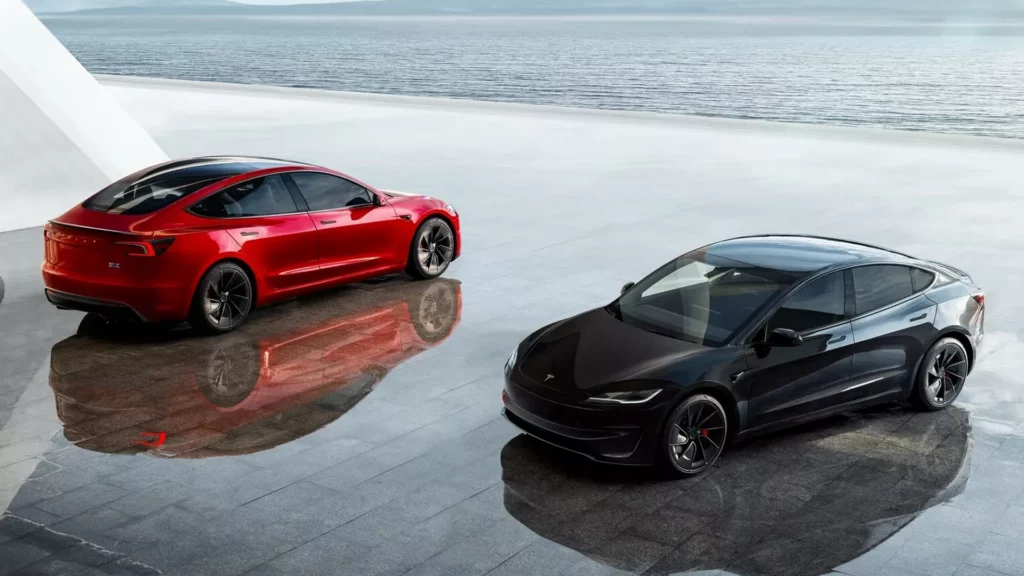- The entry-level Model 3 Standard Range used a lithium-ion battery pack sourced from China.
- While the Model 3 Long Range Rear-Wheel Drive starts at $42,490, it drops to $34,990 after the federal EV tax credit.
- Tesla delivered 462,890 electric vehicles in the third quarter, marking a notable increase.
Tesla has quietly axed the most affordable model in its U.S. lineup, while at the same time announcing its production and delivery figures for the third quarter. These newly released figures indicate a moderate increase in both vehicle output and overall sales compared to earlier quarters.
The vehicle in question is base the Model 3 with the Standard Range Rear-Wheel Drive, which was previously priced at $38,990. As a result, the least expensive Model 3 now available is the Long Range Rear-Wheel Drive version, which has a starting price of $42,490. While this price hike may disappoint some potential buyers, there’s more to this story.
Read: Tesla Model 3 Highland Burns While Charging, But Don’t Blame The Battery
You see, the Model 3 Standard Range Rear-Wheel Drive model used lithium-ion battery cells sourced from China. As such, it was not eligible for the $7,500 federal EV tax credit. By comparison, the Model 3 Long Range Rear-Wheel Drive has locally sourced battery cells and is eligible for the full tax credit, meaning it can actually be purchased for just $34,990, significantly undercutting the Standard Range model.
Tesla Sees 6.4% Q3 Delivery Boost
The decision to drop the Standard Range model coincides with Tesla’s release of its Q3 production and delivery numbers. Over the quarter, Tesla manufactured 469,796 vehicles and delivered 462,890 units. Among those produced, 443,668 were Model 3s and Model Ys, while the remaining 26,128 vehicles included the Model S, Model X, Cybertruck, and Semi.
Frustratingly, Tesla does not break down results for these specific models. A total of 439,975 Model 3s and Model Ys were delivered over the same period compared to 22,915 examples of Tesla’s other models.
Total deliveries for the quarter reached 462,890, marking a 6.4% increase compared to the same period last year. It’s likely that the uptick in deliveries is partly due to the much-anticipated arrival of the Cybertruck toward the end of 2023, although Tesla has yet to release specific figures for the electric pickup, leaving some uncertainty about the exact impact it had on overall sales.




